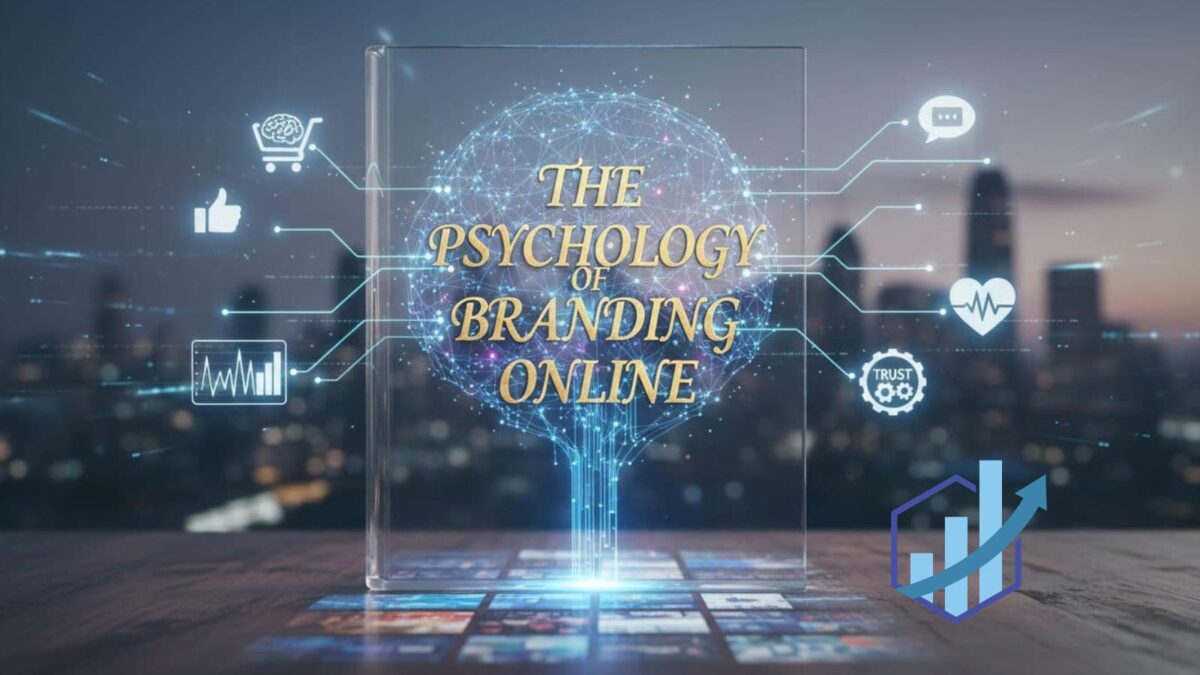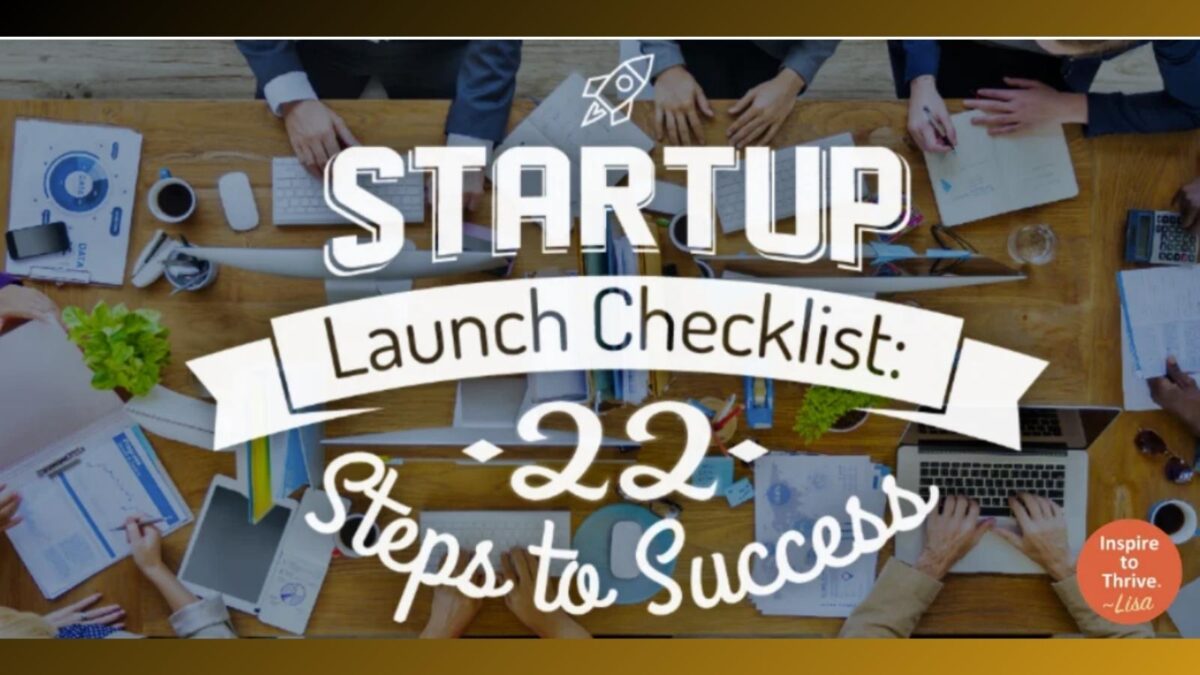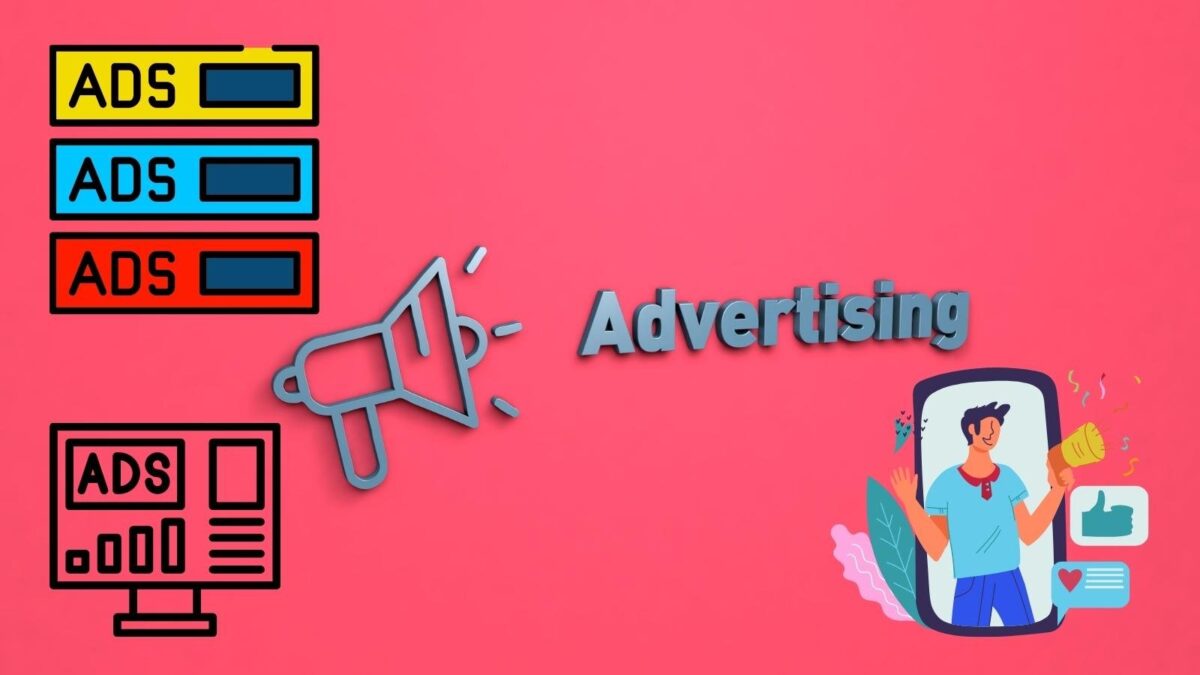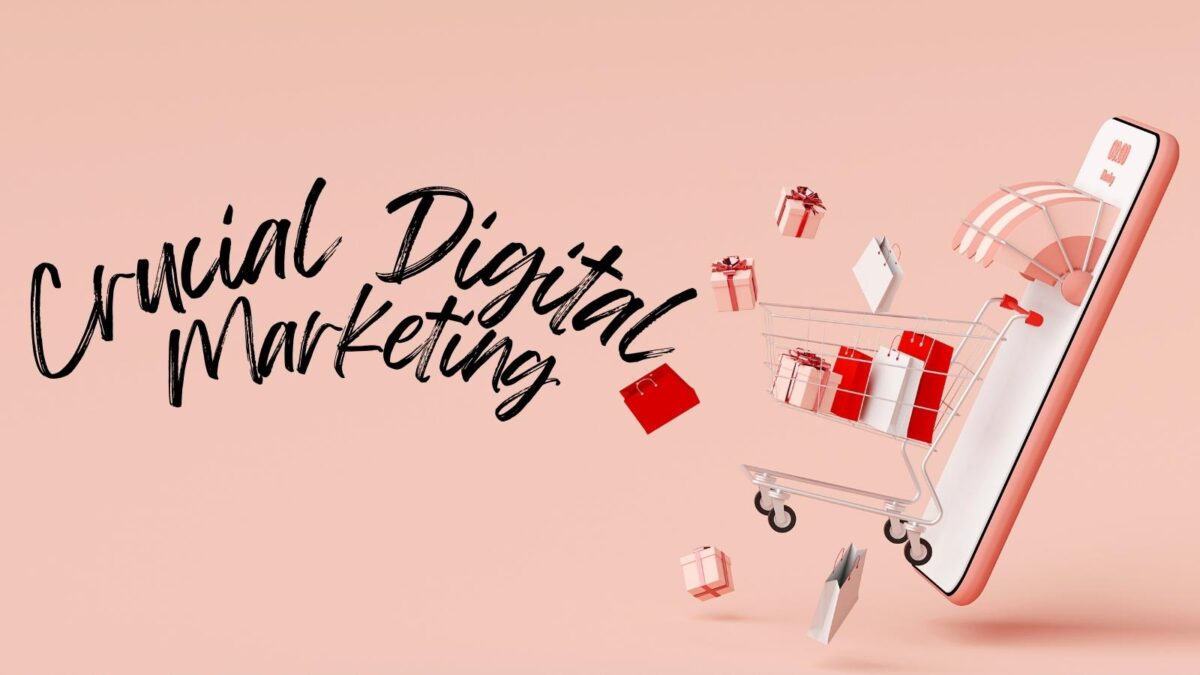Online branding isn’t just about great visuals or clever slogans. It’s about people, what they feel, trust, and respond to. Every comment, click, or purchase comes down to human behavior. That’s why the most effective online brands understand not only marketing but also the psychology behind decision-making.
When you look at the blogs, small businesses, and creators who’ve built loyal audiences, a pattern appears, they aren’t simply promoting themselves. They’re building emotional connections; they make followers feel seen and understood, and that emotional trust drives real growth.
Estimated reading time: 5 minutes
Table of Contents
Understanding Behavior in Branding
Every digital interaction tells a story. A post that gains traction does so because it strikes the right emotional tone or solves a need the audience instantly relates to. That’s where behavioral insight plays a key role.
Marketers today often use data to track trends, but numbers alone don’t explain why people engage. The reason lies in understanding human motivation, what sparks curiosity, what builds trust, and what turns a viewer into a loyal fan.
Some professionals even study these patterns more deeply through formal education. Programs like a Master of Science in Marketing, a Master’s in Digital Communication, or a Master’s in Psychology all explore how people think and decide in digital spaces.

While formal education isn’t required to grasp audience behavior, this kind of structured study highlights one truth: branding is built on empathy and awareness, not just analytics.
Emotional Intelligence in Digital Communication
In a crowded online space, your message is competing with thousands of others. What makes it stand out isn’t volume, it’s authenticity. Emotional intelligence helps bridge that gap between business and audience.
It’s the reason why some posts resonate while others fall flat. When your tone feels human, readers engage longer and are more likely to return.
Whether you’re responding to comments, writing blog posts, or sharing updates, reading emotional cues helps you adjust your approach. Brands that manage to sound conversational, understanding, and respectful of their audience’s time are the ones that build trust over time.
This doesn’t mean being overly personal or polished. It means communicating with clarity and sincerity, understanding when to sell and when to simply share.
Applying Psychology to Your Social Strategy
You don’t need to be a psychologist to apply these ideas. Simple awareness of human behavior can reshape how you plan your online presence.
- Use visuals with purpose. People process images faster than text, but emotion determines whether they remember them.
- Leverage timing. Posting when your audience is most active isn’t only about visibility. It’s about rhythm and habit.
- Frame content around values. If your readers value sustainability, transparency, or creativity, reflect that genuinely in your message.
- Encourage participation. Polls, Q&As, and open-ended questions give followers a sense of ownership in your content.
Each of these tactics works because they appeal to basic human instincts, belonging, curiosity, and connection.
Use The Psychology of Branding Online For Building Long-Term Trust
Short-term marketing tricks might bring attention, but trust builds staying power. Readers follow brands that feel reliable and real. That reliability comes from consistency, transparency, and understanding how people perceive messages online.
Consider how tone affects perception: an overly aggressive call to action can feel pushy, while a calm, confident one builds authority. How you phrase a headline or email subject can change click-through rates simply because it matches how readers want to feel informed, not pressured.
Even the layout of a website plays into perception. Clean, organized pages with clear navigation create a sense of ease, reducing decision fatigue. That’s psychology in action, expressed through design.
The Takeaway: Psychology of Branding Online For Your Business
The psychology of online branding doesn’t start with technology or tools it starts with people. Understanding your audience’s mindset helps you create content that connects instead of shouts.
Whether you gain those insights through hands-on experience, self-study, or advanced learning in fields like communication, marketing, or psychology, the goal remains the same: make your brand feel human.
When you align your message with human behavior, engagement stops being a metric and becomes a relationship. And that’s when your brand truly starts to thrive online.
Smart Branding Psychology Online: 2026 FAQ
It is how people think, feel, and decide when they see your brand online. It covers memory, bias, and trust.
Use clear proof. Show real customer reviews, quick replies, a visible face, and a simple guarantee. Add badges for payments, privacy, and accessibility.
Name, logo, colors, and a repeatable tagline. Also, a distinct voice and a signature content format, for example weekly tips or short reels. Repetition builds memory.
Use named reviews, photos, and short clips from real customers. Add context, who they are and their use case.
A simple story sticks. Use a clear before, after, and how you helped. Keep the hero your customer, not you. Tie the story to one core promise.
Personalize by behavior, not by creepy data. Use past actions, on-site browsing, and email clicks. Offer paths, beginner, advanced, or buyer. Let users control their data and preferences.
Pick one goal, for example more email signups. Fix your offer page, social proof, and CTA. Then add a weekly branded content series.
- The Psychology of Branding Online: How To Make It A Success in 2026 - November 12, 2025
- How Does Social Media Impact Crypto Prices? (News vs. Noise in 2026) - November 11, 2025
- When Do You Need a Private Instagram Account? 7 Signs To Know - November 10, 2025



